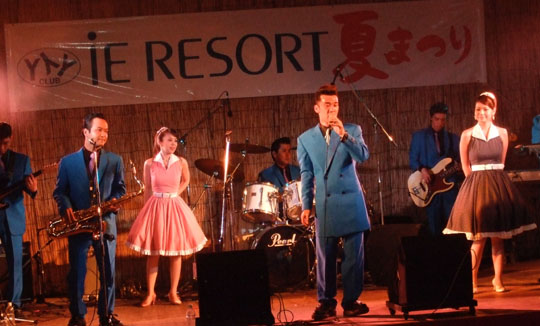During the 30-minute ferry ride from Motobu on mainland Okinawa, Iejima reveals itself in stages. First, Mount Tacchu emerges above the waves like a chunk of the peanut brittle for which the island is renowned. Next, the wind-blown scent of countless thousands of hibiscuses sweetens the stink of the ship's diesel engines. Finally, swaths of sugar cane come into view — followed by khaki-green tobacco fields and white sand beaches flanking the island's southern shores.
Without question, Iejima is a beautiful place — but dig a little deeper and you soon realize that, beneath its rich red soil, there lies an awful lot of suffering.
Most visitors are well aware of the savage fighting that raged on and around the island during the Battle of Okinawa in 1945. Some tourists pose for photographs next to a monument that marks the spot where Pulitzer Prize-winning U.S. war correspondent Ernie Pyle lost his life on April 18, 1945, while others clamber through the shattered ruins of the island's former pawn shop.



















With your current subscription plan you can comment on stories. However, before writing your first comment, please create a display name in the Profile section of your subscriber account page.